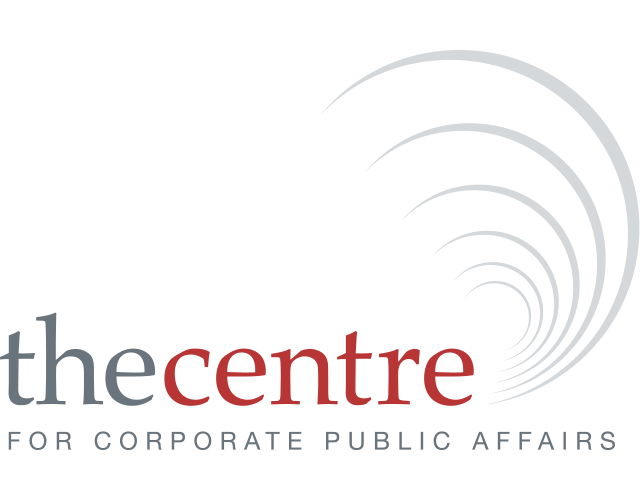10 Worst Things to Do in Corporate Public Affairs
We often read lists (they most often come in fours, sevens and tens) of action we must take or things we must do to strengthen management performance and outcomes.
Over the past few years, the Centre has been collecting insights from senior practitioners in Australia, Asia and globally that go to the heart of what not to do in the corporate public affairs management function. We've collated this manifest of misdeeds into The 10 Worst Things To Do in Corporate Public Affairs. They appear in no particular order.
10 Worst Things to Do in Corporate Public Affairs
1. Agree to conduct and pay for research without first seeing if another part of the organisation will pay for you, or at least meet some of the costs.
2. Waste a crisis. Never waste a good crisis. The corporate public affairs function is often never under the internal spotlight more so than when it is managing a crisis, or managing a big issue that can tip over into one. This is one time to ensure the function shines.
3. No budget for measurement. As one head of function told practitioners recently "measurement and data can set you free". Measurement of public affairs outcomes provides an evidence base to determine progress, show value, and inform strategy and tactics. Best practice sees regular measurement embedded in corporate public affairs budgets.
4. Become the issues dump. The function can become the issues dump if the only issues management capability resides in the corporate public affairs team. In best practice organisations, issues management capability and capacity is nurtured across numerous management functions. We've found over many years also that some of the best issues managers tread water in their careers because they are so good at their specialised job that senior management is reluctant to move them up the greasy pole, and so lose their skills. Spreading the issues management love and capability is in the best interests of the organisation, and frequently the best self-interest as well.
5. Be perceived as an overhead. This is a hard one to counter, but the language of overheads and cost centres positions any management function an option, or a luxury only for the good times. The most successful leaders in the corporate public affairs function position their teams as being in the profit protection business, in the business and not separate from it, and important to and accountable for most business decisions. This means also making sure the organisation understands the value of corporate public affairs outcomes (see Number 3).
6. Be seen as Dr No. The function can be excluded from discussions and decisions (and by middle management in particular) if it is perceived to be a 'blocker' to be avoided because it is always opposing. Deft internal stakeholder engagement and high emotional intelligence inside the function will see it managed in a manner that even when it opposes a course of action, offers another course or way that balances reputational issues with organisational aspirations.
7. Not be known as the go-to experts on the socio-political environment. The best public affairs functions are brimming with practitioners who are curious about and highly engaged with the socio-political environment, or connected to consultants, peers, experts or contacts who are. Whether it is policy and politics, the impact of social media on stakeholder behaviour, the likely outcomes of a free trade agreement with China, or what's new and happening in internal communication approaches and channels, the currency of the best corporate public affairs teams is socio-political smarts and adroitness. Teams not perceived as having these socio-political smarts find themselves being continually second-guessed (beyond robust and healthy challenging of their counsel and decisions), or left out of the decision-making chain.
8. Not having the language of business as your second language. All public affairs practitioners in corporations are businesspeople. Their own career trajectories will benefit, as will the function in which they work, if they understand the business in which they are working, speak the language of the business, and inform their decisions by being able to operate across the business.
.
9. Not understand the balance sheet. All successful businesspeople can read and understand a balance sheet, and can talk the finance book with their peers and colleagues. Corporate public affairs practitioners and teams that can do the same fare far better in their organisations than those whose eyes glaze over when colleagues around them discuss EBIT and franking credits.
10. Not be the coolest head in the room. Be it issues or crisis management, really bad half-year results, cranky journalists, snarky stakeholders or bullying MPs, an attribute of the best and most successful corporate public affairs practitioners is that they are the calm amid the storm: seen to be able to sit above the fray to provide considered counsel, and make deliberate decisions. Practitioners perceived by peers, colleagues and superiors to be volatile or intemperate are not the people senior management wants (or needs) in charge of complex decision-making environments.
So, this is our 10 Worst Things To Do in Corporate Public Affairs. If you have other 'don't do's' to add to the list, we'd certainly like to hear them. Continue the conversation with us on Twitter, @TheCCPA.
